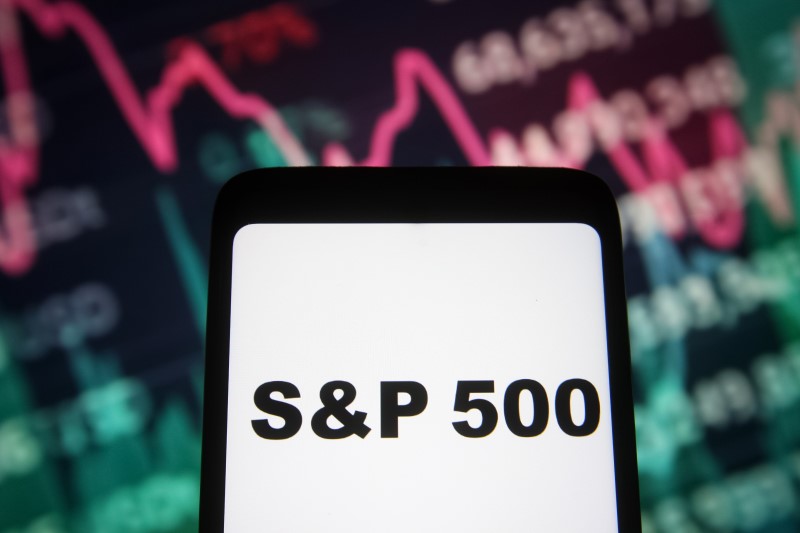© Reuters. Silhouettes of passerby are seen as they stand in front of an electric monitor displaying Japan’s Nikkei share average and world stock indexes outside a brokerage in Tokyo, Japan, October 21, 2022 REUTERS/Issei Kato
By Anshuman Daga
SINGAPORE (Reuters) – Asian equities fell to new 2-1/2-year lows on Tuesday as early gains inspired by a rally on Wall Street on hopes the Federal Reserve could be nearing the end of aggressive rate increases were offset by weakness in Chinese shares and the yuan.
The U.S. dollar eased against major peers, while the sterling took aim at this month’s highs after Rishi Sunak was set to become Britain’s next prime minister, seeking to restore stability to a country reeling from years of political and economic turmoil.
Sterling strengthened 0.3% to $1.13170, heading toward the high this month of $1.1493 from Oct. 5. [USD/]
Equities were mixed in Asia, with Japan’s advancing 0.7% and South Korea rising 0.3% but Taiwan was down 0.7% and Hong Kong shed 0.6%.
MSCI’s broadest index of Asia-Pacific shares lost 0.4% to 428.2 after dipping to 427.4 , the lowest since April 2020.
ING economists noted widespread weakness in the Purchasing Managers’ Index (PMI) published on Monday across the developed markets. But they said that “perhaps the sharp decline in the U.S. service sector PMI is a silver lining in this bad news if it means slower Fed hikes and perhaps a lower peak Fed funds rate?”
“This could be one reason that equity markets are finding some support,” they added.
The Asian benchmark is nursing losses of nearly 32% so far this year, weighed by big falls in Hong Kong shares while emerging markets such as India and Indonesia have gained on improving growth prospects.
However, Chinese stocks fell further on Tuesday after Xi Jinping’s new leadership team raised worries that a more powerful Party leadership will increasingly prioritise the state at the cost of the private sector.
The mainland Chinese benchmark index shed 0.6 and the tumbled to yet another record low against the dollar, weakening to as much as 7.3650 per dollar.
Sentiment had already been affected by delayed data on gross domestic product (GDP) showing the Chinese economy grew 3.9% in the third quarter, beating forecasts of 3.5%, but retail sales disappointed with a meagre rise of 2.5%.
China’s slid to a near 15-year low, after the central bank set the lowest mid-point since 2008 following Monday’s sell-off in Chinese assets.[CNY/]
On Monday, U.S. shares extended last week’s rally and European shares climbed s signs of a cooling U.S. economy stoked hopes that the Federal Reserve will slow its pace of rate hikes. The rose 1.34%, the gained 1.19% and the added 0.86%. U.S. business activity contracted for a fourth straight month in October, suggesting the Fed’s barrage of steep interest rate increases is having the desired effect. Markets are still priced for a rate rise of 75 basis points next month, but have scaled back bets on a matching move in December.
The funds rate was expected to peak at 4.50%-4.75% or higher in Q1 2023, according to 49 of 80 economists in a Reuters poll.
The European Central Bank meets this week and is widely expected to raise rates by 75 basis points. In commodities markets, gold prices rose 0.1% to $1,650.6 per ounce, while benchmark futures were steady at $93.2 per barrel.
Image and article originally from www.investing.com. Read the original article here.

